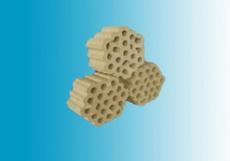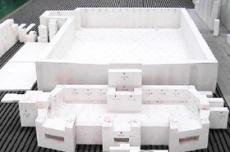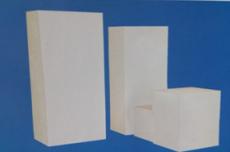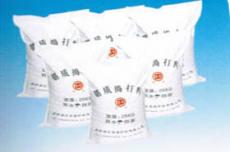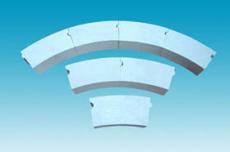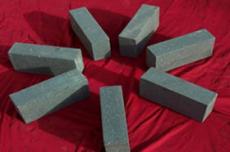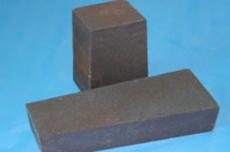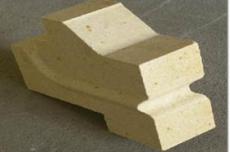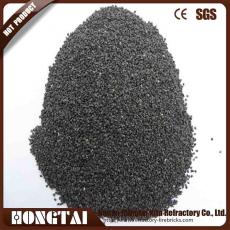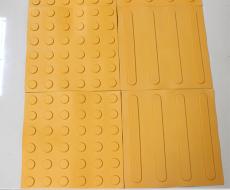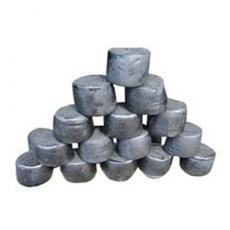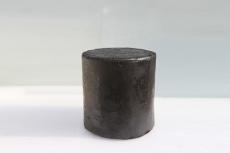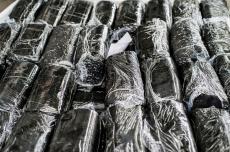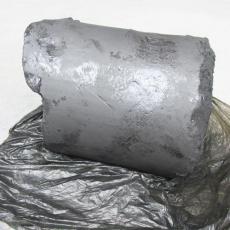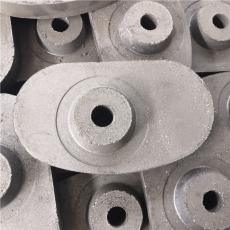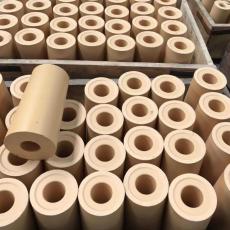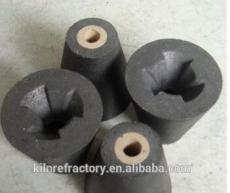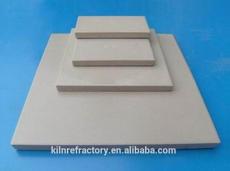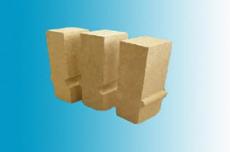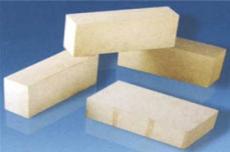
In the metallurgical industry, a heating furnace is a device that heats metal objects such as iron plates and steel plates to rolling and forging temperatures. Heating furnaces are widely used, and different types of heating furnaces exist in industries such as petroleum, chemical industry, metallurgy, machinery, heat treatment, surface treatment, and building materials. Similar to other industrial kilns, heating furnaces are composed of outer shell steel plates and inner lining refractory materials. During the assembly of refractory materials for furnace linings, the following standards must be met:
Before the construction of the furnace lining, the floating rust, welding slag and other dirt on the surface of the furnace body should be removed; after the insulation nails (or insulation brackets) are welded, the inner wall of the furnace body should be treated for corrosion.
Welding materials should be selected according to the material of the insulation nails (or insulation brackets); the insulation nails (or insulation brackets) should be welded firmly and should not be skewed.
Anchors with a circular bottom should be welded in full circumference, and other anchors should be welded on the wall panels along both sides.
The installation of folded ceramic fiber blankets should comply with the following regulations:
1) Before installation, the adhesive should be applied to the installation site. The adhesive should be applied evenly without leaking spots.
2) The folded ceramic fiber blanket should be flat and uniform, and the dimensions should meet the requirements of the design drawings. The edges should be neat. If the error is large, it should be re-tied and reshaped.
3) When installing, it should be fully loaded into the lining bracket, flattened, filled, compacted, and then fixed with fixing nails.
4) The joints between the blankets should be tight, without looseness, and no exposed metal gaps and holes should appear.
5) When installing shrinkage compensation strips, the felt strips should be kept flat and beautiful with the folded ceramic fiber blanket.
6) After the folded ceramic fiber blanket lining is inspected and qualified, it should be painted with high-temperature resistant paint according to design requirements.
When installing refractory fiber felt (blanket), high-temperature adhesive should be applied to the joints of each layer and between layers to make them fit tightly. The layers of fiber felt (blanket) should be installed with staggered seams, and the staggered seams between each layer should be more than 100mm. During construction, the maximum compression of the fiber felt (blanket) shall not exceed 10% of the thickness.
When laying refractory fiber felt (blanket) on the furnace wall, it should be in a standing position. If it should be installed horizontally, a pedal should be set up, and construction workers should not step on the installed fiber felt (blanket). If the furnace top is installed in an upward position, it should be fixed with a quick clamp.
During the construction of the furnace lining, the fiber felt (blanket) should be installed after opening holes according to the size and position of the pipe and pipe rack. After installation, all gaps should be filled with refractory fiber felt (blanket), and then fixed with a compression sheet or nut.
After the installation of the furnace lining, the heads of the insulation nails exposed in the furnace should be covered with 60mm×60mm×20mm refractory fiber felt with high-temperature adhesive.
The distance between the edge of the refractory fiber felt (blanket) and the insulation nails should be controlled at 78mm~100mm.
The quality of the furnace lining installation should meet the following requirements:
1) The surface is flat and there should be no defects such as gaps, cracks, missing corners, and fluffing.
2) Use a 2000mm long ruler to check the flat furnace lining and the round furnace lining. The longitudinal gap shall not be greater than 10mm.
3) Use a 1000mm long arc template to check the round furnace lining. The circumferential gap shall not be greater than 6mm.
4) The roundness allowable deviation of the cylindrical shell lining shall not be greater than 2% of its inner diameter, and shall not be greater than 50mm.
After the furnace lining is installed, it is strictly prohibited to hit it with hard objects and erode it with rainwater.
The wire mesh anchor should be pulled into place and welded before the construction of the castable.
The construction of the brick structure furnace lining should be carried out in accordance with the current national standard "Construction and Acceptance Code for Industrial Furnace Masonry Engineering" GB50211.
The construction of the cast structure furnace lining should be carried out in accordance with the current industry standard "Technical Conditions for Lightweight Castable Lining Engineering of Petrochemical Tubular Furnace" SH/T3115.
